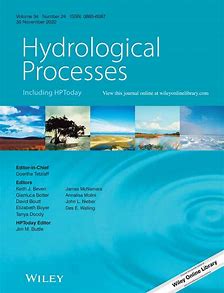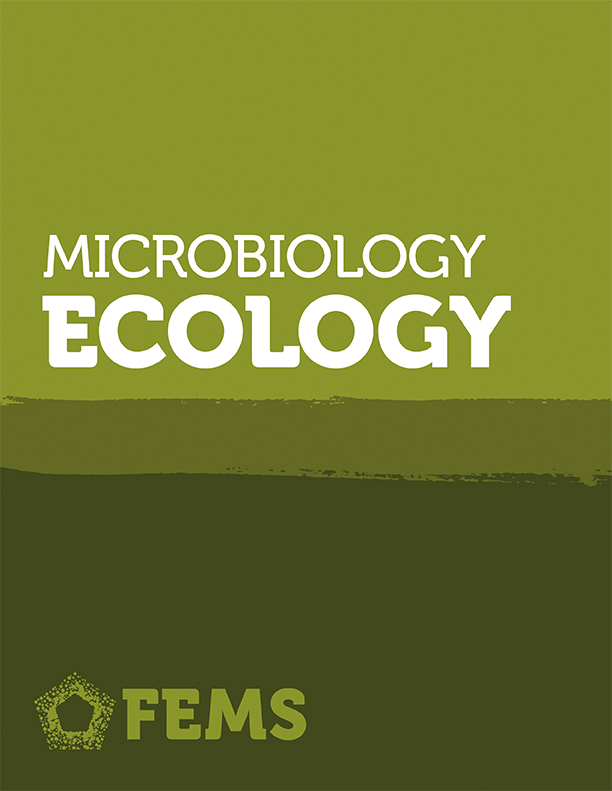- Department:(Dept. 1) Ecohydrology and Biogeochemistry
A meta-analysis based review of quantifying the contributions of runoff components to streamflow in glacierized basins
How do estimates for runoff contributions in glaciated catchments differ when estimated with different methods? A meta-analysis of 143 studies shows that the definition of runoff contributions is crucial, leading to rain and snow contributions to runoff estimated with a tracer-based approach being on average 9-14% lower than when determined by hydrological modelling.
Determining hyporheic removal rates of trace organic compounds using non-parametric conservative transport with multiple sorption models
The authors introduced a novel numerical modelling framework that provides reactive parameter estimates of contaminant transformation reactions with high parameter identifiability and informs dominant transformation pathways for joint parent daughter simulations in river sediments. The findings highlight that the daughter reaction rate may be underestimated if its parent transformation is ignored.
Isotope hydrology and water sources in a heavily urbanized stream
The authors studied Isotopes in Berlin’s Panke catchment to understand stream flow sources. Groundwater dominated the upper catchment, but ~90% of flow in the lower catchment was treated waste water. High flows were generated from urban drains. The stream has unnatural hydrological and chemical regimes with restoration needed for improved ecology.
Eukaryotic rather than prokaryotic microbiomes change over seasons in rewetted fen peatlands
The authors investigated the seasonal dynamics in prokaryotic and eukaryotic microbiomes in three common fen types in Northern Germany. The eukaryotic microbiomes showed significant changes in their community structures across the seasons in contrast to largely unaffected prokaryotic microbiomes. The dynamics in eukaryotic microbiomes in the rewetted sites differed between fen types.
Rewetting does not return drained fen peatlands to their old selves
Rewetted peatlands have the potential to fulfil the restoration goals including those targeting climate change mitigation, water quality protection, and species conservation. However, due to heavy soil changes their restoration cannot be expected in short-term. Data analyser of several hundred natural and degraded peatlands have shown that it might last decades before they become fully recovered.
Structural changes to forests during regeneration affect water flux partitioning, water ages and hydrological connectivity: insights from tracer-aided ecohydrological modelling
The authors used an isotope-based ecohydrologic model to assess the hydrological impacts of “re-wilding” in the Scottish Highlands by increasing Scots Pine forests for biodiversity conservation. They found forests will “use” more water through evapotranspiration which may initially decrease summer low flows and summer floods, though a natural hydrological regime will be restored after ~100 years.
Modelling ecohydrological feedbacks in forest and grassland plots under a prolonged drought anomaly in Central Europe 2018–2020
The authors monitored and modelled feedbacks in the soil–plant-atmosphere continuum to the drought summer 2018 and the following 2 years. The isotope-aided model EcH2O-iso was applied to forest and grassland in a lowland, groundwater-dominated catchment. Such differences in ecohydrological feedbacks to drought in contrasting soil-vegetation units provide insights into Critical Zone water cycling.
Quantifying the effects of urban green space on water partitioning and ages using an isotope-based ecohydrological model
Urban green space is of great importance for sustainable water management and heat reduction in cities. Using field measurements and a highly advanced ecohydrological model, researchers have investigated how water pathways differ depending on vegetation type. The result: trees potentially provide the strongest cooling effect, while grass promotes more groundwater recharge.
Ice-covered lakes of Tibetan Plateau as solar heat collectors
The authors investigated the thermal properties of Tibetan lakes during the ice-covered season. They revealed that an extremely large amount of solar radiation penetrated the highly transparent ice cover. As a result, lakes fully mix under ice and get heated up to >6°C. The accumulated heat makes a crucial contribution to ice cover melt.
Transformation of organic micropollutants along hyporheic flow in bedforms of river-simulating flumes
In recirculating flumes, the authors investigated the degradation of micropollutants from treated wastewater along specific subsurface flow paths in triangular bedforms. Shallow subsurface flow fields and small-scale heterogeneity of the microbial community are major controlling factors for the transformation of micropollutants in river sediments.









